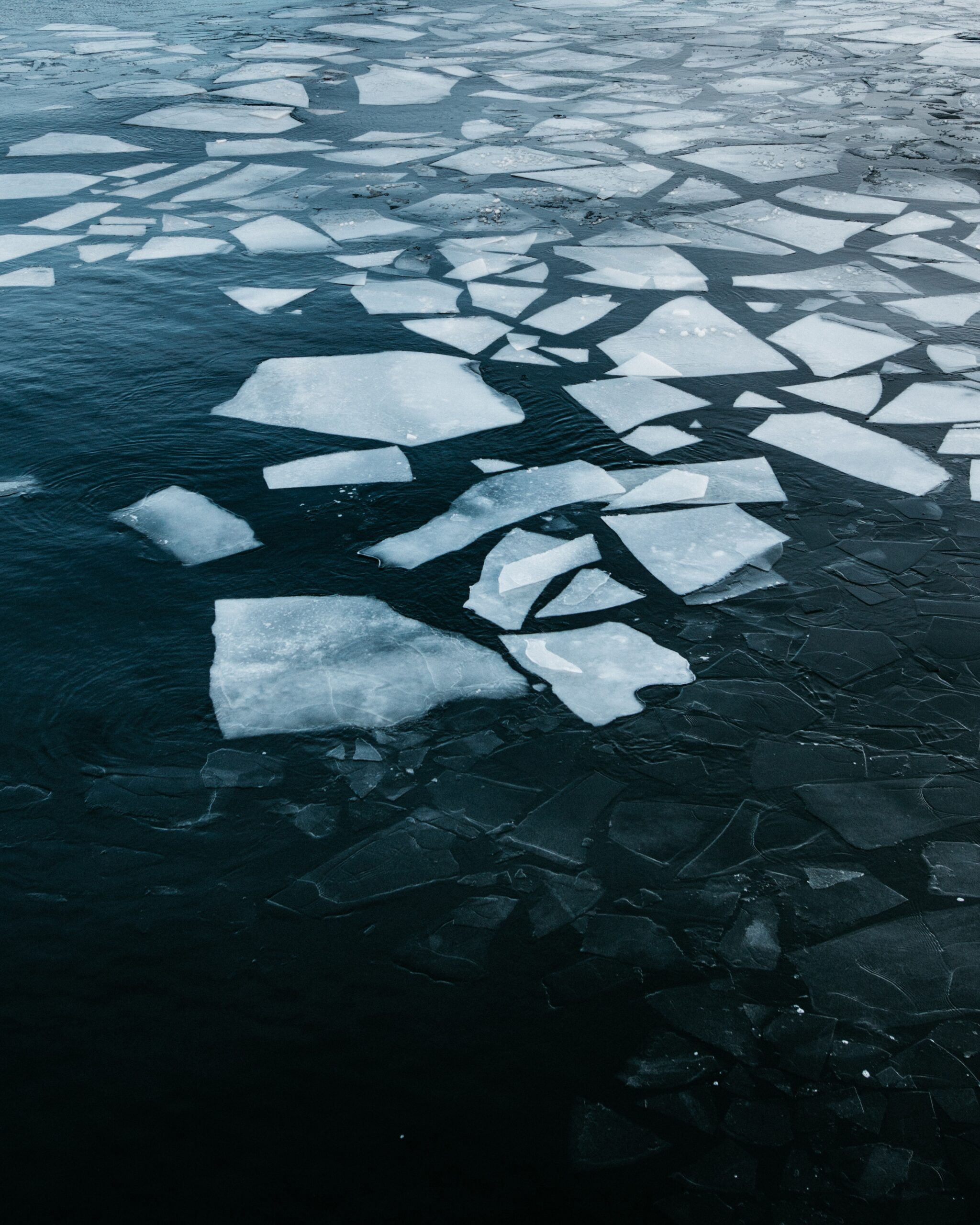Note: As an action against fast consumption – we have decided to keep our business closed today Friday the 26th of November.
Note: As an action against fast consumption – we have decided to keep our business closed today Friday the 26th of November.
The Polar Regions are integral to the Earth System, and they also serve as inspiration for the ARKTIK Collection. Because the poles are so far away from where most people live, they don’t always receive the attention they deserve. How much do you know about the polar regions? You might imagine them as being quite similar, one in the North and one in the South, but in fact they are vastly different. These opposing characteristics are reflected in the design of the ARKTIK collection, with alternating rough and smooth surfaces.

The Arctic is an ocean surrounded by continents that is covered with a thin layer of ice year-round. In the summer months, the ice around the edges melts and it reforms in the winter. Polar bears live in the Arctic, as well as many flowering plants and indigenous peoples. The Arctic is more sensitive to changes in the climate than Antarctica. Arctic sea ice has been declining since 1979. Like the sensitive climate of the Arctic, the Arktis bracelet is thinner and more delicate than its Antarktis counterpart.

Antarctica is a continent surrounded by water. The area of the southern polar region is much larger than the Arctic, similarly the Antarktis bracelet is thicker than the Arktis. In the winter, the ocean surrounding Antarctica becomes covered in sea ice and in the summer the ice melts away. Antarctica is much colder than the Arctic, and not much life grows there. The most notable living organisms found in Antarctica are penguins. The extent of Antarctic sea ice has experienced a sharp decline in the past several years.

The sea ice at and around each pole is very important in regulating Earth’s temperature. Sea ice has a bright surface, and reflects much of the sun’s energy back into space. When sea ice melts, it exposes the darker surface of the ocean. The ocean surface absorbs a large majority of the sun’s energy, warming the ocean. When the ocean warms, global temperatures rise as well. It is our responsibility to protect these regions that are essential to the health of our planet.